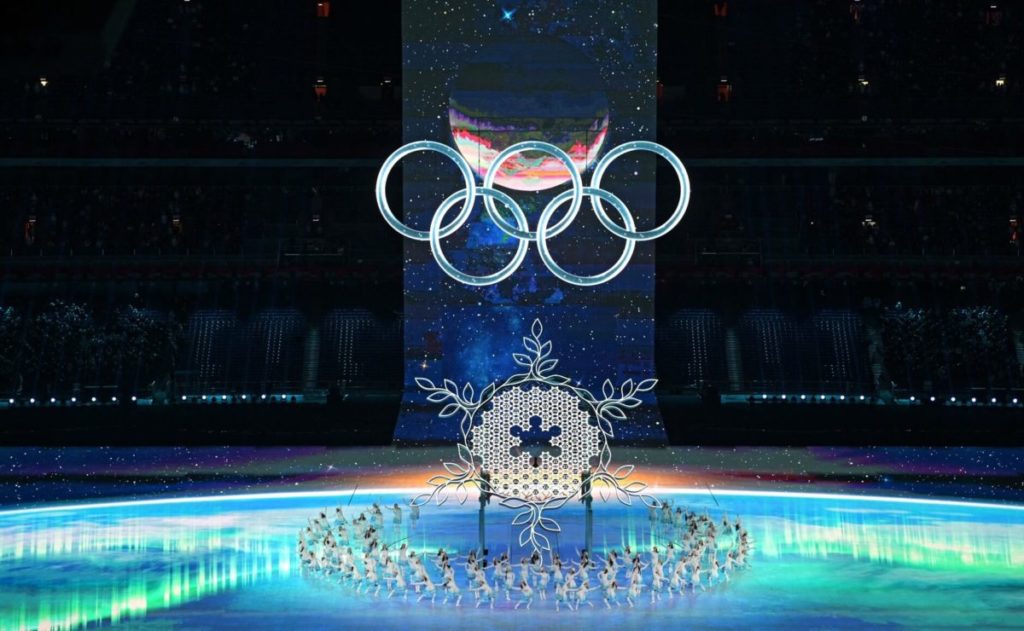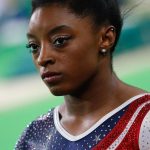
If you missed the disastrous events of Thursday’s Olympic women’s skating – and the term “women” should be used lightly here, as many of the fabled sport’s stars are pre-adult teens badly in need of hugs – it’s safe to say the door just slammed shut on any fondness many of us once had for the Games.
Lots of factors had been sounding the death knell for the Olympics for some time: The decline of network television dominance. The repeated allegations of corruption within the IOC. The profoundly jarring juxtaposition of a sporting event allegedly about world peace held in a country that regularly commits crimes against humanity.
But the surreal, disturbing, heart-wrenching final of the Olympics’ crown-jewel sport possibly did more damage than any of those things combined. (Here’s a link to a Slate recap, if you missed it.) For viewers at home, it was hard to know which young Russian woman to feel the most sorry for – the 15-year-old star Kamila Valieva, clearly broken by doping allegations, or Alexandra Trusova, the 17-year-old who didn’t win gold despite all the quads, or the actual gold medalist, Anna Shcherbakova, also 17, who appeared vacant and forlorn, clutching a stuffed animal, in what should have been her “Olympic Glory” moment.
The anguish speaks to abusive training conditions, where young athletes are manipulated and the pressure to win so high-stakes that coaches appear to stop at nothing (not the least of which is banned heart medication) to get there. After a moment like Thursday’s final, it’s hard to imagine that we wouldn’t see much-need changes in the future, including a raising of the minimum age to 18 for the health of athletes and their sports.
And it’s also easy to view the Olympics – which has limped along for years anyhow, a shadow of the NBC Sports powerhouse it once was – as too structurally damaged to continue. Or the Olympics might continue in some fashion, but far fewer fans will tune in to the sad, political, commercially desperate spectacle it has become.
If that’s the case, then my question is: Where will we get to see women athletes (with an emphasis on the word “women,” as in adult women) given the prominence they deserve?
In terms of media coverage, the Olympics – for all its faults – has long been known as the rare platform for gender parity in global sports. It’s no secret that in everyday life, women athletes routinely get miniscule attention compared with their male counterparts in juggernauts like baseball, basketball and football. Outside of big events like the Olympics, women’s sports receive only about 4 percent of sports media coverage, according to UNESCO.
But that complete indifference to women’s sports goes out the window every time the Olympics rolls around. NBC’s coverage has repeatedly skewed female since the London games in 2012, according to Bloomberg, with nearly 60% of coveted primetime hours of last year’s Tokyo Games dedicated to women’s sports. The ratings agency Nielsen, in a recent report, called the Olympics “the only global sporting event characterized by true gender parity,” noting that broadcasters and sponsors don’t differentiate between genders at the games.
No one wants to see children weeping, that’s for sure. But as the Beijing Olympics comes to its grim conclusion, and more fans drift away, there needs to be more attention, discussion and solutions of how to do better – on many levels – for our women athletes. ◼



